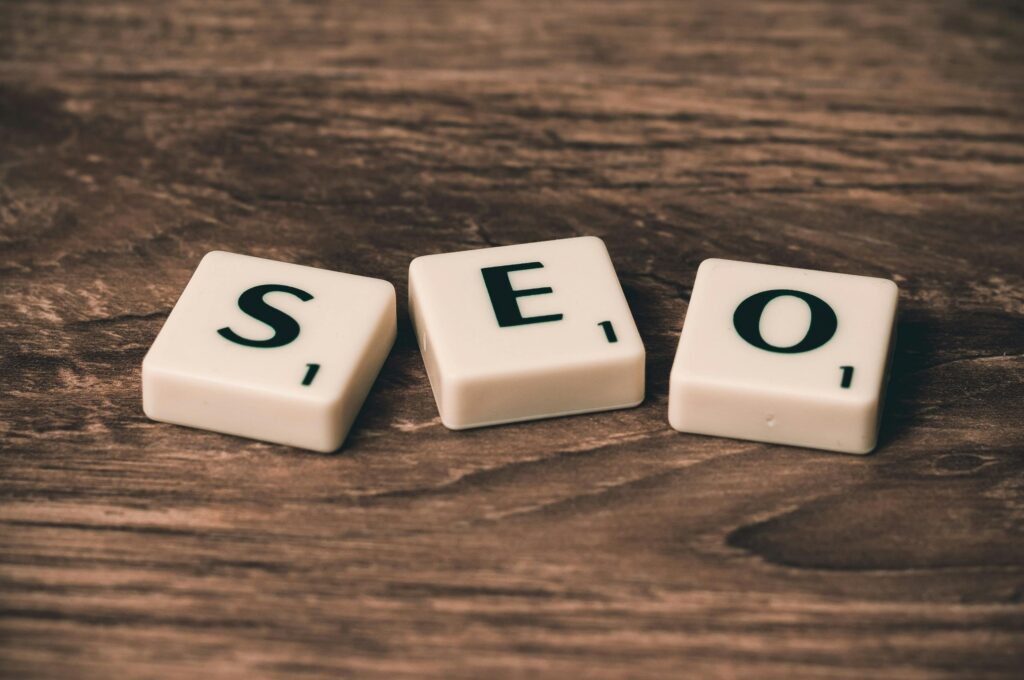
Search engine optimisation, or SEO, is the technical configuration, content relevance, and link popularity process used to make a website more easily findable, more relevant and popular towards user search enquiries, and so search engines rank them better.
Search engines suggest SEO initiatives based on content that satisfies user search needs, so improving page ranking as well as user search experience. Among other SEO marketing best practices, this covers the usage of pertinent keywords in titles, meta descriptions, and headlines (H1), having meaningful URLs with keywords rather than strings of numbers, and schema markup to indicate the content meaning of the page.
Search engines enable users to locate online what they are looking for. Search engines are a typical beginning place when you require information whether your search is for a restaurant, a product, or a holiday booking. For those running businesses, they present a great chance to route pertinent traffic to your website.
Search engine optimisation (SEO) is the process of positioning your website to rank higher on a search engine results page (SERP), thereby increasing the traffic flow. Usually, one wants to rank on the top page of Google results for search terms most relevant to your target market. Therefore, SEO is more about the technical aspects of website configuration than it is about knowing the wants and needs of your audience.
The essentials are as follows.
For every search query a user types, search engines produce answers. They thereby “understand” and survey the enormous web’s component network of sites. For every search query, they run an advanced algorithm deciding what results to show.
Why does SEO centre on Google?
For many, the name “search engine” is associated with Google, which boasts over 83% of the worldwide search engine industry. Since Google is the most often used search engine, SEO usually centres on what best suits Google. Clear knowledge of Google’s operations and motivations is quite helpful.
Google’s goals
Google meant to provide searchers—that is, its users—the finest search experience available. That implies giving the most pertinent findings right away.
The search term—that user input—and the search results—that output—are the two fundamental components of the search experience.
Assume you search “Mailchimp guidelines and tutorials.” This is a straight, unambiguous search. Google provides a relevant website as the top organic result—Mailchimp’s own page—knowing what you’re looking for.
From Google’s vantage point, this a really nice search result and a good user experience since the user will most likely click the top result and be satisfied with the result.
People trusting and appreciating Google’s search service helps it to make money. It does this with helpful search results.
Google also gives companies the chance to pay for an advertorial placement at the top of search result page. These listings indicated by the term “Ad.” When searchers click on these pay-per-click (PPC) ads—which you bought using Google Ads—Google earns money. These adverts will show up particularly on more generic searches.
Apart from the little label, these search results seem almost just like other search results. This is deliberate, of course; many users click on these results without understanding they are adverts.
Google bases all on this. More over eighty percent of Google’s $279.8 billion in revenue came from advertising. Therefore, even if search engines remain its key offering, its advertising division defines it.
The layout of search results
Paid search results and “organic” search results make up SERPs; the latter where Google’s income is not supplemented. Rather, Google produces organic results depending on its evaluation of the quality and relevancy of a site. Google will also show various items on the SERP based on the kind of search query, such maps, pictures, or videos.
What people have searched determines how many adverts show on a SERP. If you searched the word “shoes,” for instance, you would probably find a good number of the top results are adverts. Actually, you will most likely have to search down the page for the first natural result.
Since there are many shoe firms eager to pay for a feature in the AdWords results for this query and the searcher is most likely looking to buy shoes online, a query like this typically yields so many adverts.
Conversely,
if you search for something like “Atlanta Falcons,” your results will change. The top results pertain to the professional American football team by that name since this search essentially connected to them. Still, the question is less obviously clear. You will find their homepage, a knowledge graph, and news items. These three types of top results show that Google offers fast routes to learn about the team, read their current news, or visit their website even if it does not know exactly the goal of your search.
AdWords results not shown since advertisers not ready to bid for the keyword since the inquiry seems to have no purchase intention.
The SERP results shift to show more sponsored items, though, if you modify the query to ” Atlanta Falcons,” which indicates to Google you might be shopping.
Improve your ranking in natural search results is the aim of SEO. Optimising AdWords, shopping, and local results calls for distinct strategies.
Although it would seem that so many conflicting aspects occupying SERPs drive down the organic listings, SEO may still be a very effective, profitable endeavour.
Given Google’s daily processing of billions of search requests, natural search results account for a somewhat sizable portion of a very huge pie. And every click that drives visitors to your website is absolutely free, even if securing and maintaining organic ranks requires some upfront and continuous expenditure.
